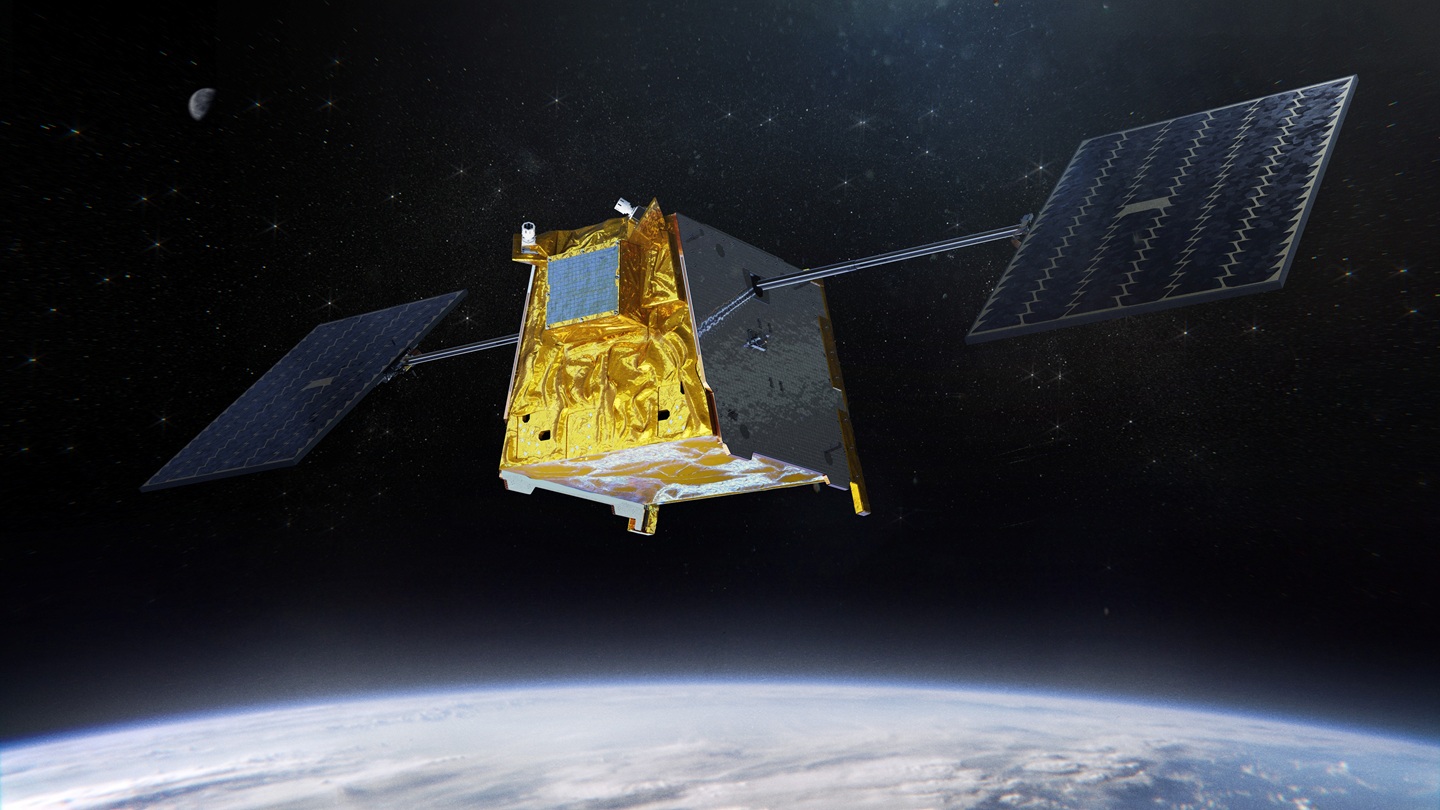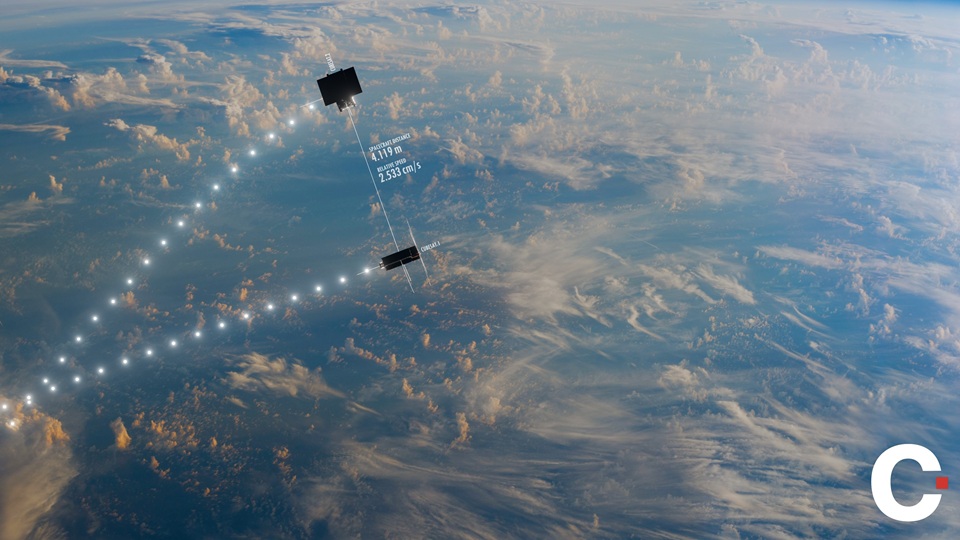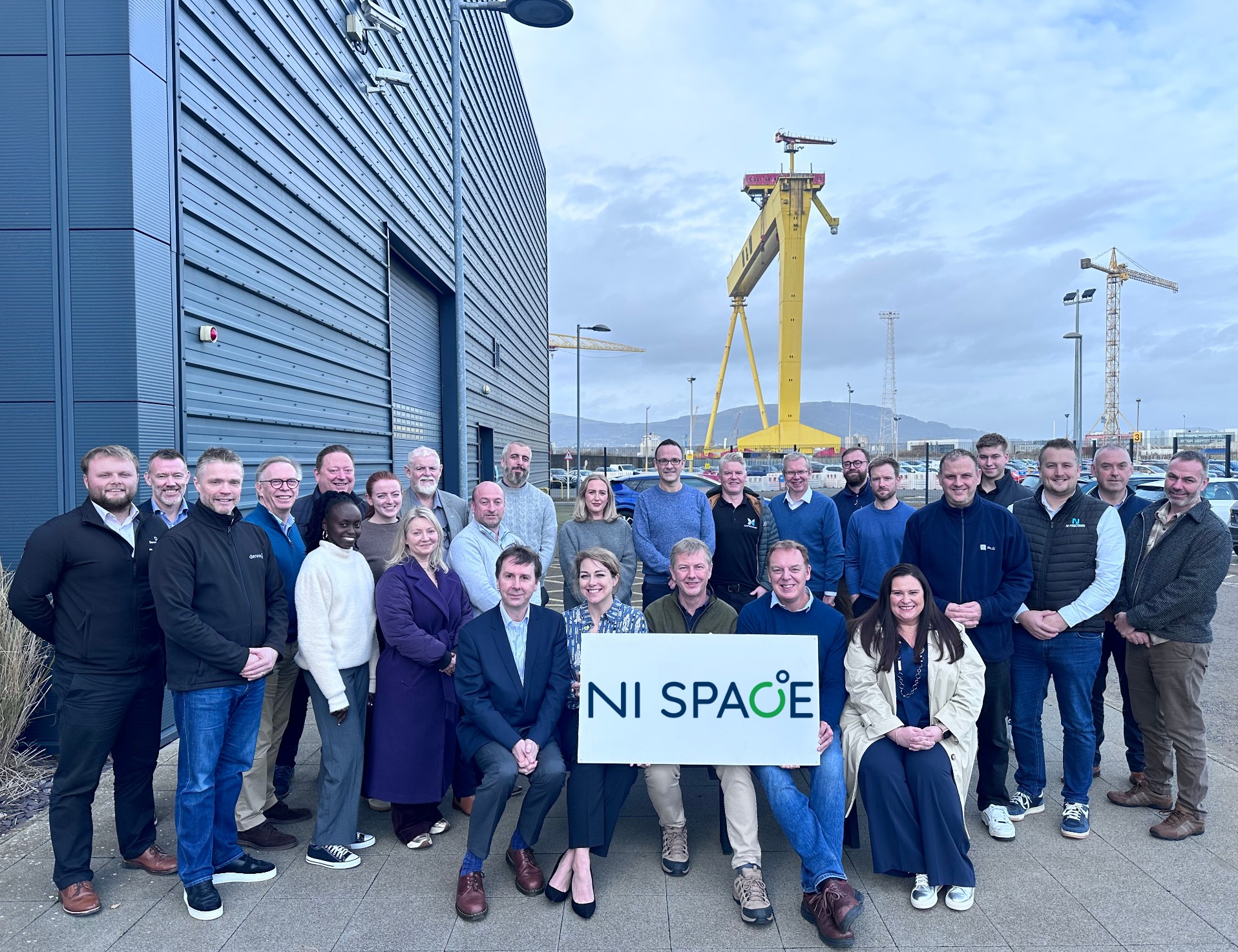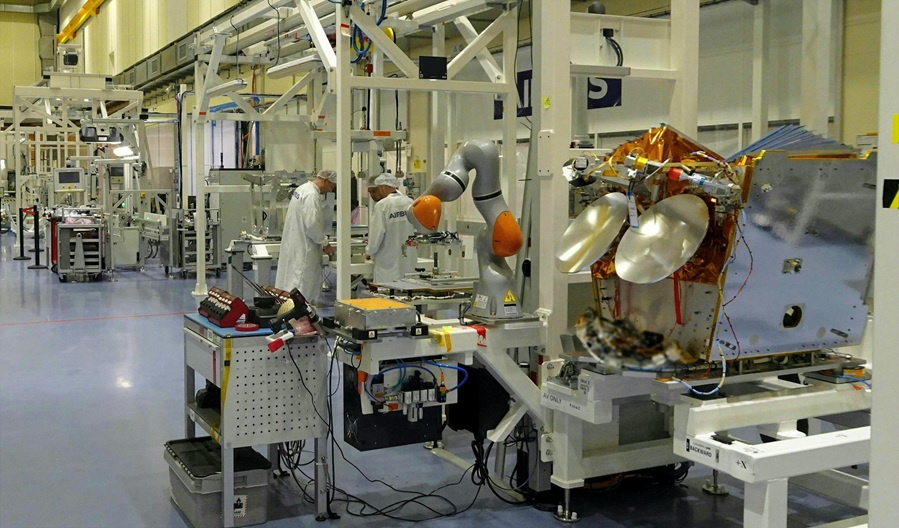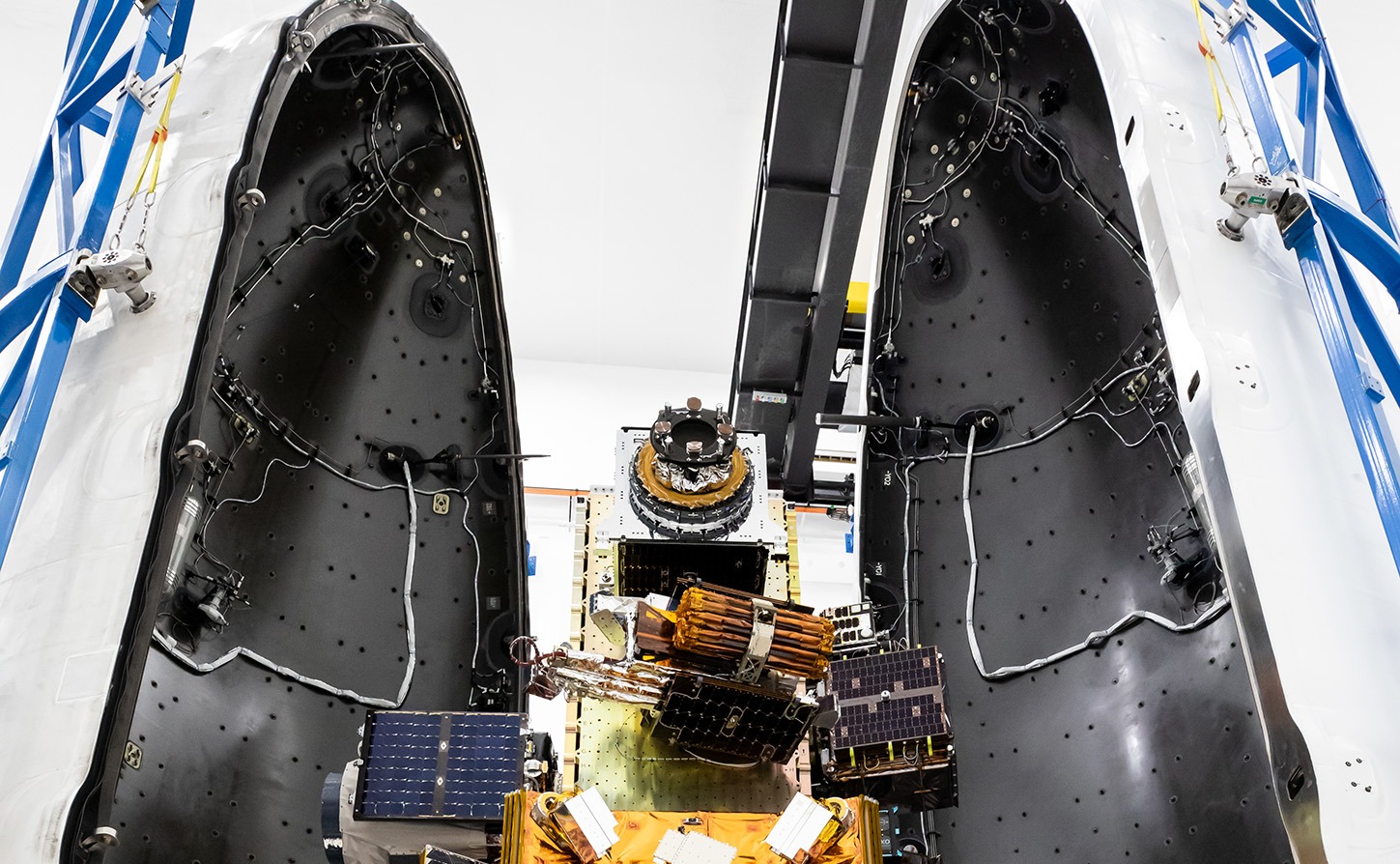Euclid's first full colour images released
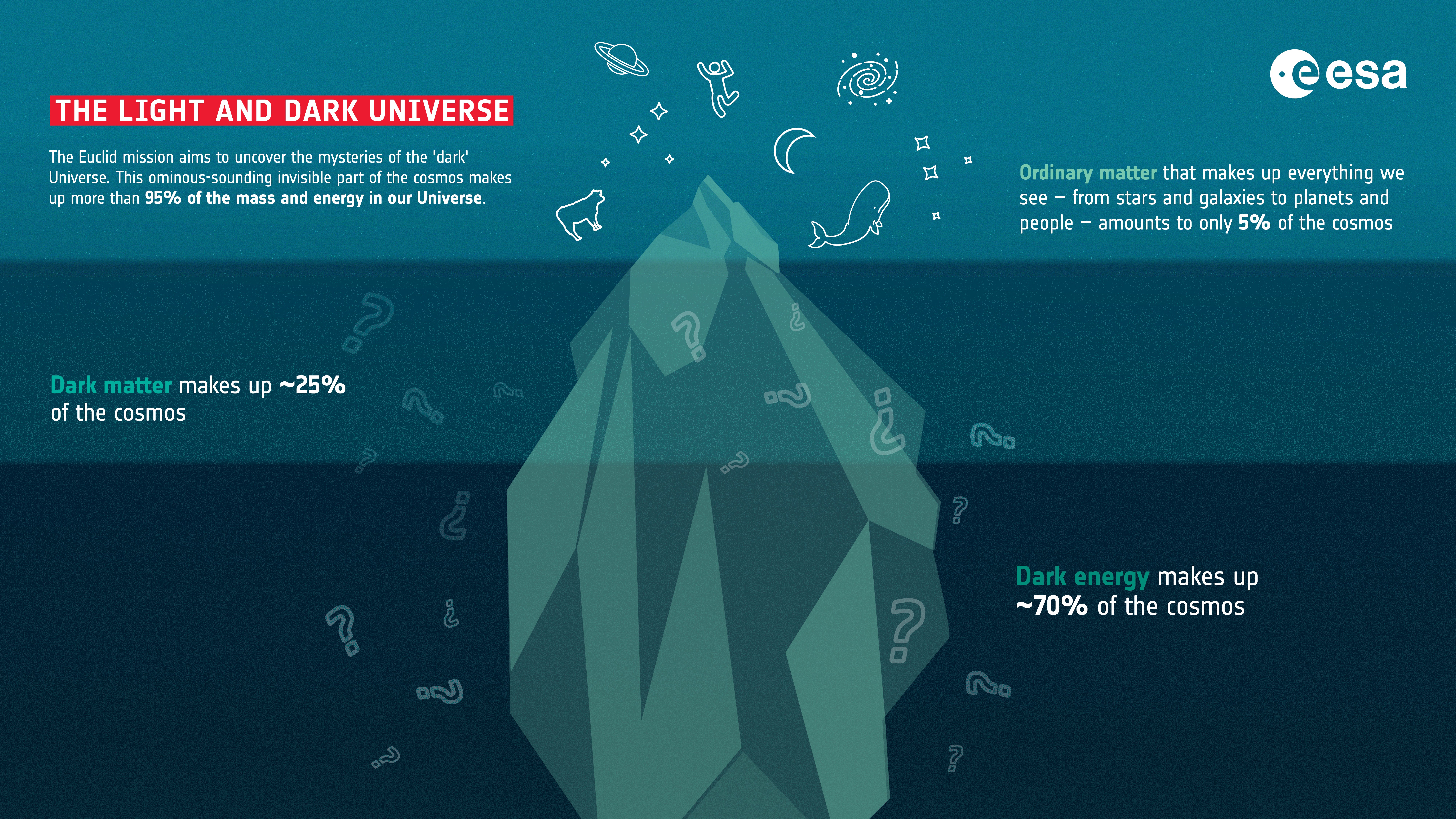
Images courtesy ESA
Never before has a telescope been able to create such razor-sharp astronomical images across such a large patch of the sky and looking so far into the distant Universe. These five images illustrate Euclid's full potential, they show that the telescope is ready to create the most extensive 3D map of the Universe yet, to uncover some of its hidden secrets.
Euclid, our dark Universe detective, has a difficult task: to investigate how dark matter and dark energy have made our Universe look like it does today. Although 95% of our cosmos appears to be made of these mysterious ‘dark’ entities, we do not understand what they are because their presence causes only very subtle changes in the appearance and motions of the things we can see.
To reveal the ‘dark’ influence on the visible Universe, over the next six years Euclid will observe the shapes, distances and motions of billions of galaxies out to 10 billion light-years. By doing this, it will create the largest cosmic 3D map ever made.
What makes Euclid’s view of the cosmos special is its ability to create a remarkably sharp visible and infrared image across a huge part of the sky in just one sitting.
The images, which will be released today showcase this special capacity: from bright stars to faint galaxies, the observations show the entirety of these celestial objects, while remaining extremely sharp, even when zooming in on distant galaxies.
“Dark matter pulls galaxies together and causes them to spin more rapidly than visible matter alone can account for; dark energy is driving the accelerated expansion of the Universe. Euclid will for the first-time allow cosmologists to study these competing dark mysteries together,” explained ESA Director of Science, Professor Carole Mundell. “Euclid will make a leap in our understanding of the cosmos as a whole and these exquisite Euclid images show that the mission is ready to help answer one of the greatest mysteries of modern physics.”
“We have never seen astronomical images like this before, containing so much detail. They are even more beautiful and sharp than we could have hoped for, showing us many previously unseen features in well-known areas of the nearby Universe. Now we are ready to observe billions of galaxies and study their evolution over cosmic time,” said René Laureijs, ESA’s Euclid Project Scientist.
“Our high standards for this telescope paid off: that there is so much detail in these images, is all thanks to a special optical design, perfect manufacturing and assembly of telescope and instruments and extremely accurate pointing and temperature control,” added Giuseppe Racca, ESA’s Euclid Project Manager.
“I wish to congratulate and thank everyone involved with making this ambitious mission a reality, which is a reflection of European excellence and international collaboration. The first images captured by Euclid are awe-inspiring and remind us of why it is essential that we go to space to learn more about the mysteries of the Universe,” said ESA Director General Josef Aschbacher.
The Perseus Cluster of galaxies
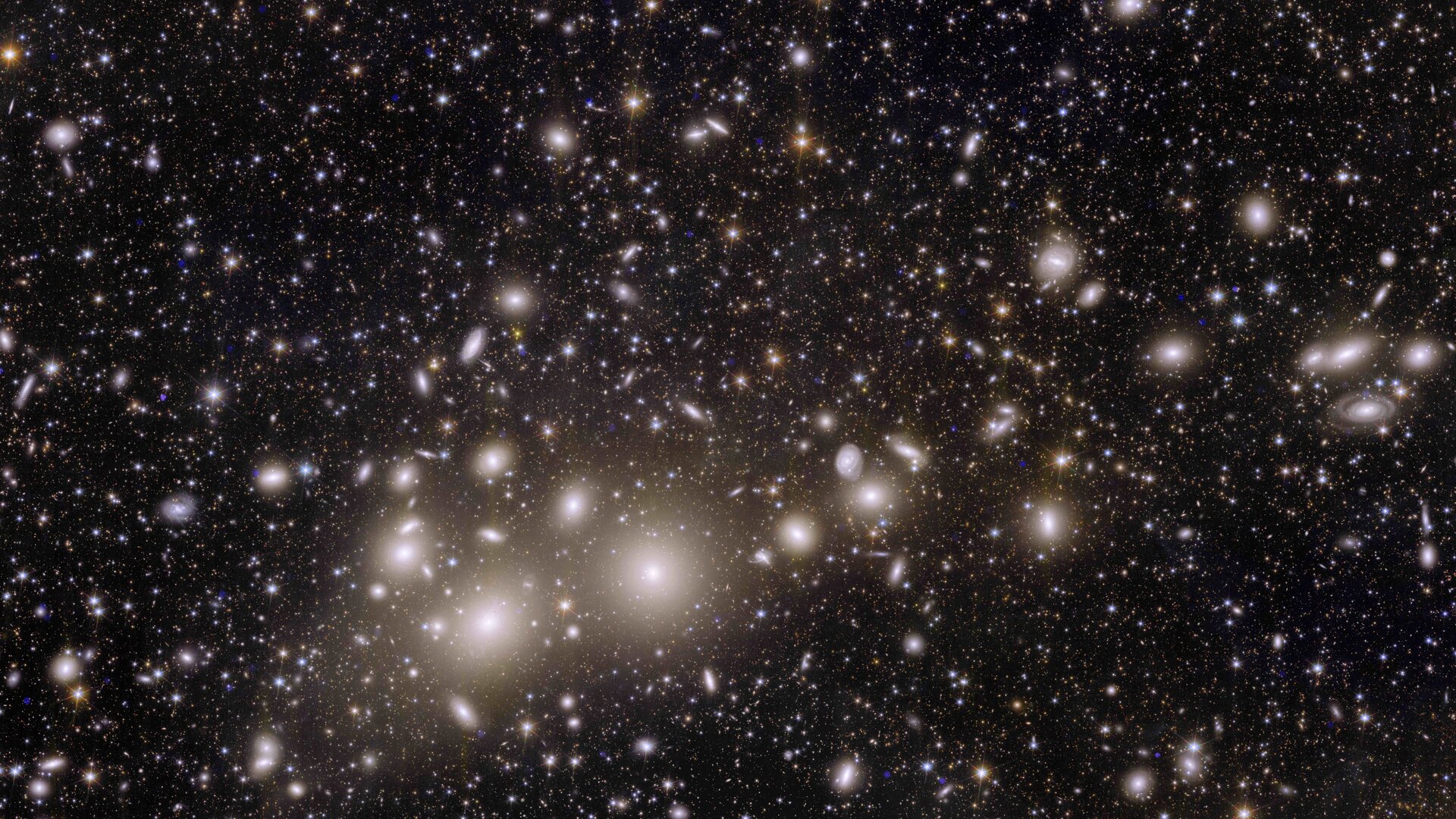
This incredible snapshot from Euclid is a revolution for astronomy. The image shows 1,000 galaxies belonging to the Perseus Cluster and more than 100,000 additional galaxies further away in the background.
Many of these faint galaxies were previously unseen. Some of them are so distant that their light has taken 10 billion years to reach us. By mapping the distribution and shapes of these galaxies, cosmologists will be able to find out more about how dark matter shaped the Universe that we see today.
This is the first time that such a large image has allowed us to capture so many Perseus galaxies in such a high level of detail. Perseus is one of the most massive structures known in the Universe, located ‘just’ 240 million light-years away from Earth.
Astronomers demonstrated that galaxy clusters like Perseus can only have formed if dark matter is present in the Universe. Euclid will observe numerous galaxy clusters like Perseus across cosmic time, revealing the ‘dark’ element that holds them together.
Spiral galaxy IC 342
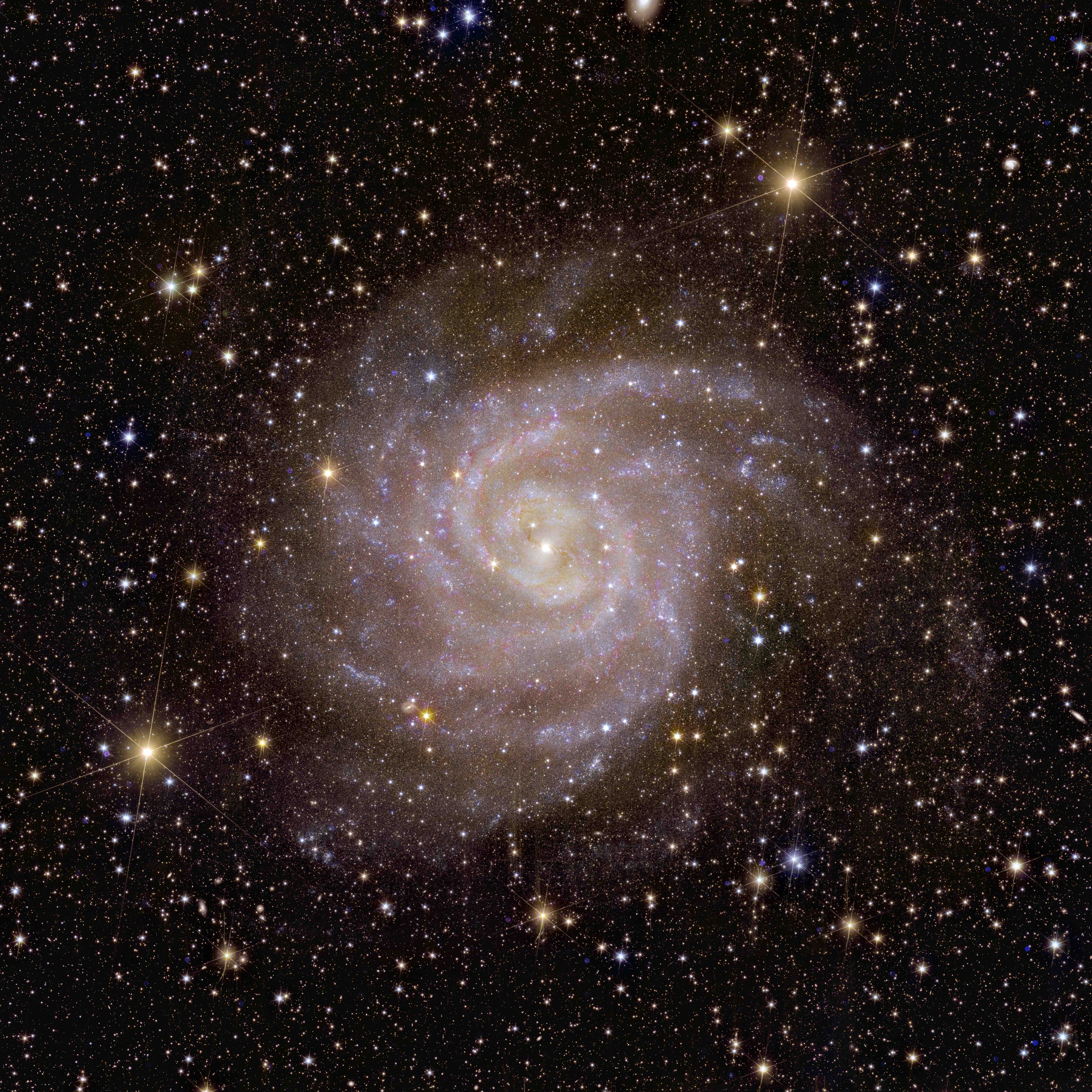
Over its lifetime, our dark Universe detective will image billions of galaxies, revealing the unseen influence that dark matter and dark energy have on them. That’s why it’s fitting that one of the first galaxies that Euclid observed is nicknamed the ‘Hidden Galaxy’, also known as IC 342 or Caldwell 5. Thanks to its infrared view, Euclid has already uncovered crucial information about the stars in this galaxy, which is a look-alike of our Milky Way.
Irregular galaxy NGC 6822
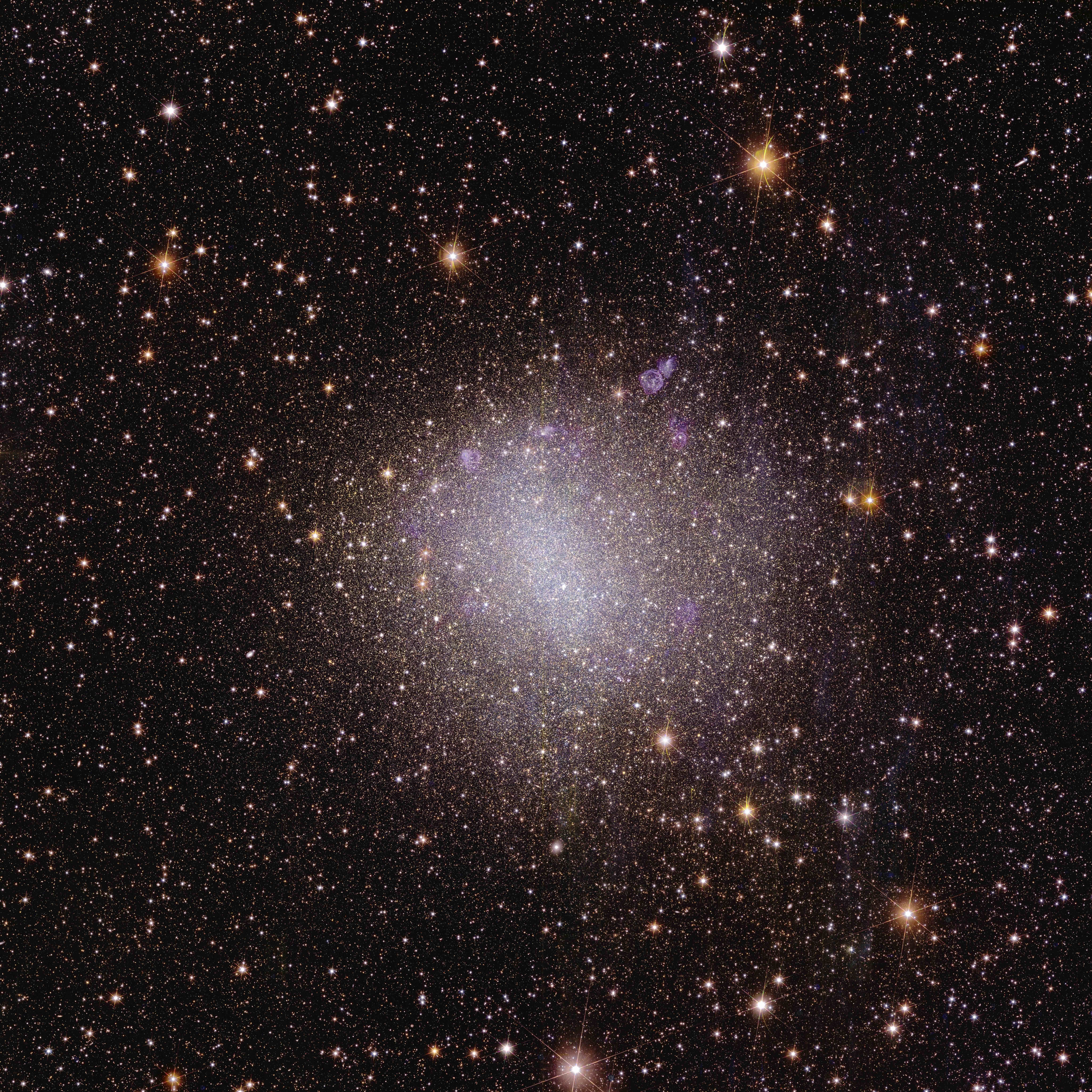
To create a 3D map of the Universe, Euclid will observe the light from galaxies out to 10 billion light-years. Most galaxies in the early Universe don’t look like the quintessential neat spiral, but are irregular and small. They are the building blocks for bigger galaxies like our own, and we can still find some of these galaxies relatively close to us. This first irregular dwarf galaxy that Euclid observed is called NGC 6822 and is located close by, just 1.6 million light-years from Earth.
Globular cluster NGC 6397
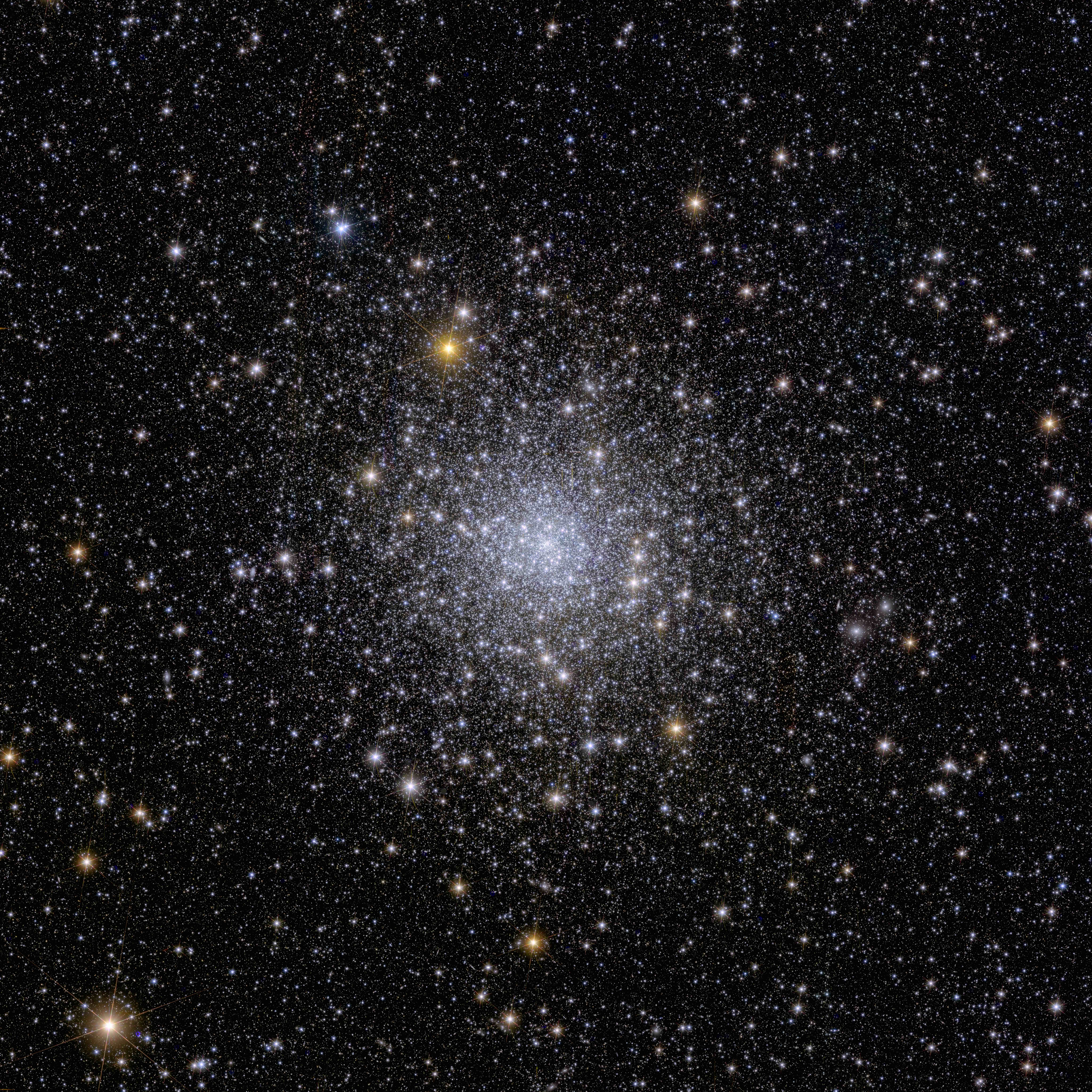
This sparkly image shows Euclid’s view on a globular cluster called NGC 6397. This is the second-closest globular cluster to Earth, located about 7800 light-years away. Globular clusters are collections of hundreds of thousands of stars held together by gravity. Currently no other telescope than Euclid can observe an entire globular cluster in one single observation, and at the same time distinguish so many stars in the cluster. These faint stars tell us about the history of the Milky Way and where dark matter is located.
The Horsehead Nebula
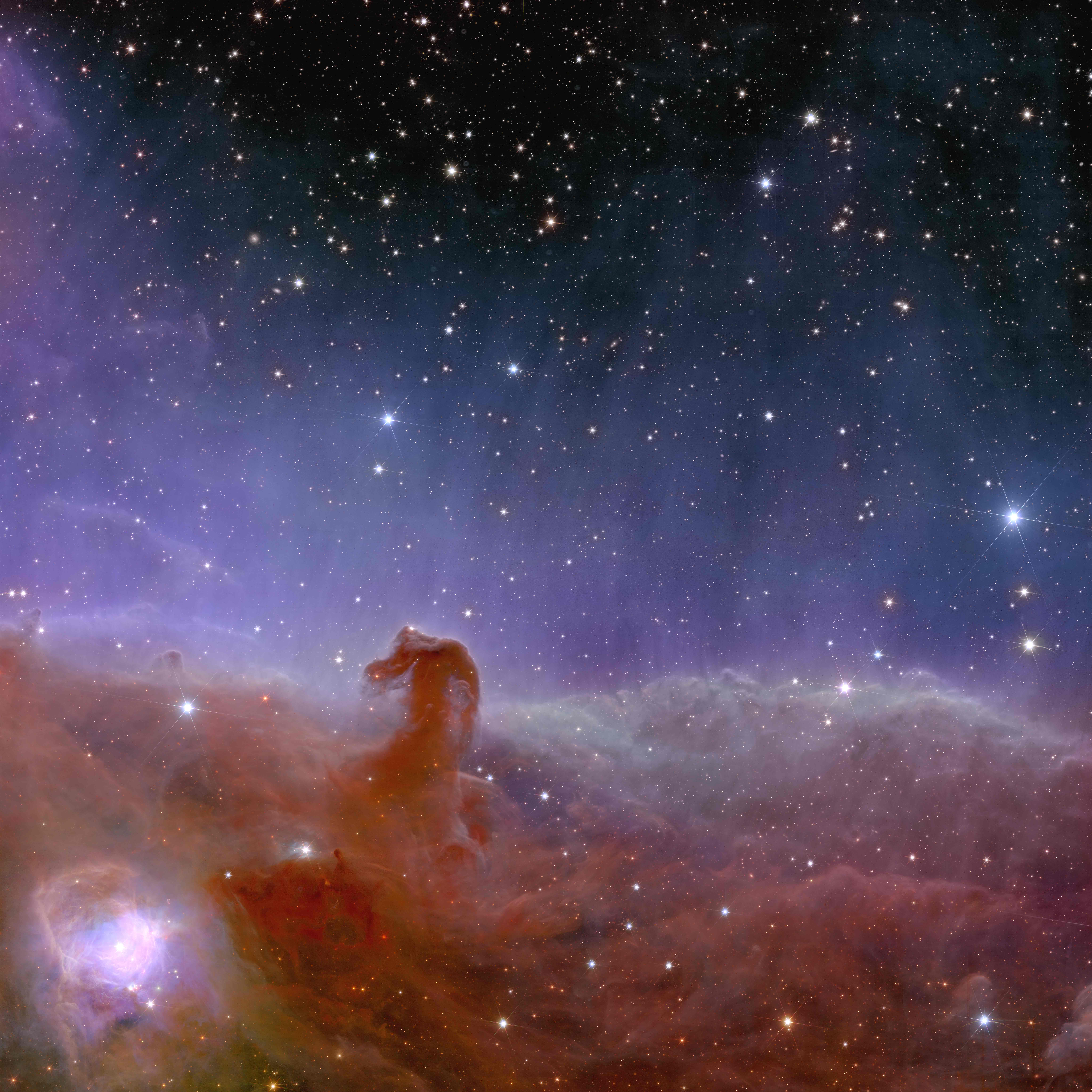
Euclid shows us a spectacularly panoramic and detailed view of the Horsehead Nebula, also known as Barnard 33 and part of the constellation Orion. In Euclid’s new observation of this stellar nursery, scientists hope to find many dim and previously unseen Jupiter-mass planets in their celestial infancy, as well as young brown dwarfs and baby stars.
New discoveries coming soon
Euclid’s first view of the cosmos is not only beautiful but also immensely valuable for the scientific community. First, it showcases that Euclid’s telescope and instruments are performing extremely well and that astronomers can use Euclid to study the distribution of matter in the Universe and its evolution at the largest scales. Combining many observations of this quality covering large areas of the sky will show us the dark and hidden parts of the cosmos.
Second, each image individually contains a wealth of new information about the nearby Universe (click on the individual images to learn more about this). “In the coming months, scientists in the Euclid Consortium will analyse these images and publish a series of scientific papers in the journal Astronomy & Astrophysics, together with papers about the scientific objectives of the Euclid mission and the instrument performance,” added Yannick Mellier, Euclid Consortium lead.
Finally, these images take us beyond the realm of dark matter and dark energy, also showing how Euclid will create a treasure trove of information about the physics of individual stars and galaxies.
Getting ready for routine observations
Euclid launched to the Sun-Earth Lagrange point 2 on a SpaceX Falcon 9 rocket from Cape Canaveral Space Force Station in Florida, USA, at 17:12 CEST on 1 July 2023. In the months after launch, scientists and engineers have been engaged in an intense phase of testing and calibrating Euclid’s scientific instruments. The team is doing the last fine-tuning of the spacecraft before routine science observations begin in early 2024.
Over six years, Euclid will survey one third of the sky with unprecedented accuracy and sensitivity. As the mission progresses, Euclid’s bank of data will be released once per year, and will be available to the global scientific community via the Astronomy Science Archives hosted at ESA’s European Space Astronomy Centre in Spain.
Reaction
Two experts from the University of Portsmouth, who are part of the Euclid team - Dr Seshadri Nadathur and Dr Christopher Pattison - have given their reaction to the release of these incredible images.
Dr Seshadri Nadathur is an Ernest Rutherford Fellow from the University of Portsmouth’s Institute of Cosmology and Gravitation. He has been working on coordinating the University’s Euclid work within the wider European team. He said: “These fantastic images demonstrate the power of the Euclid telescope. There are many challenges to operating a telescope in space – some known but also some unforeseen ones that arose after launch. The quality of these early data show the team has been successfully able to overcome all of them to produce some stunning images.
“We are all very pleased that Euclid is working so well, and we are very excited to see the data from the main survey operations starting next year. Euclid data will fundamentally change our view of the Universe and it is great to be part of that adventure.”
Dr Christopher Pattison is a Research Software Engineer at the University’s Institute of Cosmology and Gravitation (ICG). He is one of a team of academics from the ICG who have spent years working on Euclid’s software, which will help the telescope achieve its goal of mapping over one billion galaxies. He said: “We're very excited to see the very first full colour, high resolution images from the Euclid Space Telescope. These images will represent the breadth of science that Euclid is going to do, while also being beautiful targets chosen to capture our imagination.
“Euclid is aiming to answer some of the biggest questions that we have about the Universe, including what exactly is the Universe made of and what are dark matter and energy? These images will be the first steps to reaching these goals and it is an incredibly exciting first step.”






